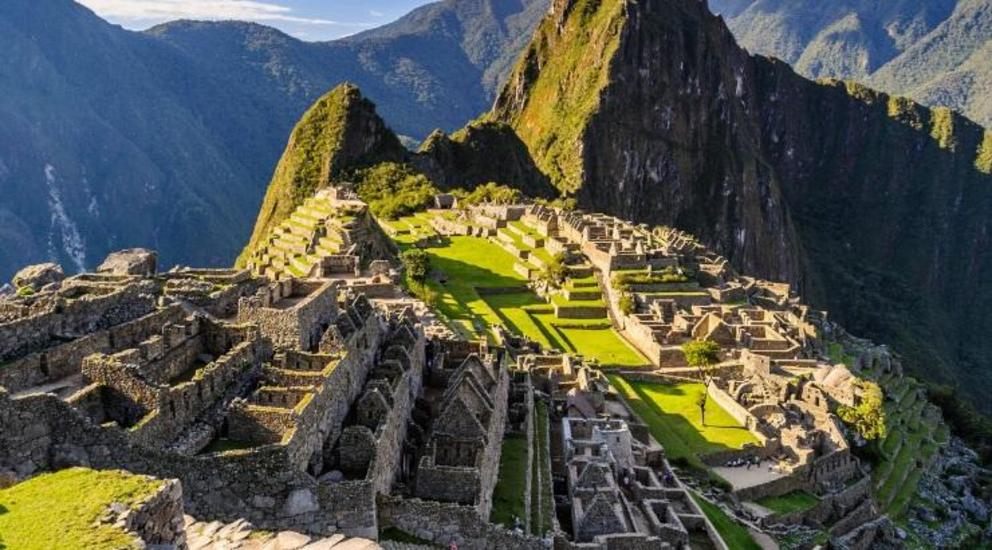Peru vows to plant one million trees around Machu Picchu to preserve iconic Incan citadel
Earlier in May, Peru announced that it would restrict tourism to the site in hopes of preserving it.
The treasured archaeological region of Machu Picchu, home to the iconic citadel of South America’s great Incan civilization, is soon going to receive major protection in the form of one million new trees.
Peru’s President Martin Vizcarra pledged last week that the celebrated UNESCO World Heritage site, which spans 86,000 acres (35,000 hectares) in the Andes Mountains, will be the focus of a new reforestation campaign that would see at least one million trees planted in the area.
The aim of the reforesting is to prevent any damage to the iconic site and its surrounding hills from summer forest fires and mudslides resulting from heavy winter rains. The tree root structures would provide a natural bulwark against soil erosion, forming a powerful defense from mudslides.
According to AFP, Vizcarra presented the project as a pledge to the world, the region, and local communities to protect their common heritage. The Peruvian head of state said:
“We’re here to begin the planting of a million trees in the protected zone around the Machu Picchu sanctuary … [this is] a commitment from the government, the region, the municipality and all the citizens who want to protect this world wonder.”
The grand estate of Machu Picchu, which means “old mountain” in the indigenous Quechua language, is comprised of three prime zones for agriculture, accommodation, and religious ceremonies. The citadel, which was built during the reign of Inca emperor Pachacuti (1438-1471), lies about 60 miles (100 km) northwest of Cuzco which was the administrative and religious capital of the great Incan empire.
he time of the Spanish invasion during the 16th century, the Incan empire extended along South America’s pacific coast from the Andean highlands of modern Ecuador to Central Chile’s Maule River. It is believed that the vast estate was abandoned following the European invasion after which it languished in relative obscurity until U.S. explorer Hiram Bingham brought it to international attention in 1911.
Earlier in May, Peru announced that it would restrict tourism to the site in hopes of preserving it. Authorities announced that they would restrict entry to three of the main attractions—namely the Temple of the Sun, Temple of the Condor, and Intihuatana Stone—to prevent the degradation of the iconic historic sanctuary and ensure that it remains intact for future generations.

